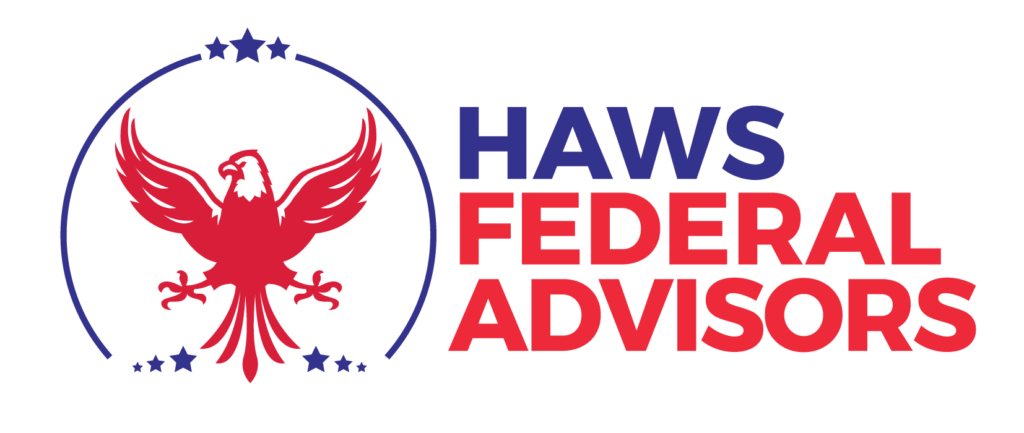Phased retirement is a relatively new concept as it was authorized starting in November of 2014. Because of its novelty, few Feds understand how it works and how it affects their retirement benefits. Let’s dig in.
How it works
Phased retirement is a completely voluntary thing that must be chosen by an eligible employee and then authorized by their agency. Individual agencies have the discretion to decide who they’ll approve as well as what type of positions would be eligible. During phased retirement, an employee would be paid proportionally depending on the amount of time they were working. For example, you’d be paid 50% of your salary and 50% of your pension if you were working half-time. This gives employees the opportunity to dip their toes into retirement instead of all at once. The advantage for the agency is that they have a few more years to access the decades of knowledge and experience that their senior employees have.
For an employee to be eligible they’d have to qualify for immediate retirement. For CSRS employees, this means age 55 with at least 30 years of service or age 60 with at least 20 years of service. For FERS, this means your MRA (minimum retirement age) with at least 30 years of service or age 60 with at least 20. You must also have worked full time for the preceding 3 years before applying for phased retirement.
If an employee has 5 years of service at age 62 (although they would be eligible for an immediate retirement) they would not be eligible for phased retirement. The other types of retirement that aren’t eligible for this program are early, disability, discontinued service or deferred retirement.
It is also important to note that if a Fed was to accept a buyout to retire, they would not be able to go into phased retirement. If someone is already in phased retirement however, they would be able to accept a buyout if offered one to transition to full retirement.
The laws that allow phased retirement authorize working between 20%-80% of full-time, or 1-4 days a week. OPM does require however, that the beginning of phased retirement (the exact amount of time is not specified), be at half-time.
One of the requirements of phased retirement is that the employees spend at least 20% of their time mentoring their fellow employees. It doesn’t have to be the employee that will fill their spot when they are gone but it is definitely encouraged. It will be your agency’s responsibility to monitor this mentorship.
How Your Benefits Affected
For the most part, your benefits are treated as if you are an active employee and not as a retiree. Your FEHB and FEGLI remain under your agency and the premiums can still be paid with pre-tax dollars (right out of your paycheck). You would still be able to contribute into the TSP and receive matching contributions as you were before phased retirement as long as your agency permits it. FSA’s, FEDVIP, and the Federal Long Term Care Insurance Program are unaffected by phased retirement status.
You will still continue to accrue sick and annual leave but the amount will be prorated based on how much you are working. Any lump sum payments or additions to creditable service calculations that occur at retirement with unused leave will be postponed until you move into full retirement.
When you enter phased retirement your pension is calculated with your creditable service and high-3 at that point in time. Once you end phased retirement and move into full retirement, your pension will be recalculated based on your new creditable service and your unused sick leave would be added in at this point. That new calculation will be the basis for your pension in full retirement.
Conclusion:
If this option seems to make a lot of sense for your situation and preferences, I would definitely suggest talking to your agency about the specifics. They would be able to tell you what opportunities are available and what the specific terms would be. If all the details check out and make sense for your financial plan, phased retirement can be a great way to ease your way into retirement.


